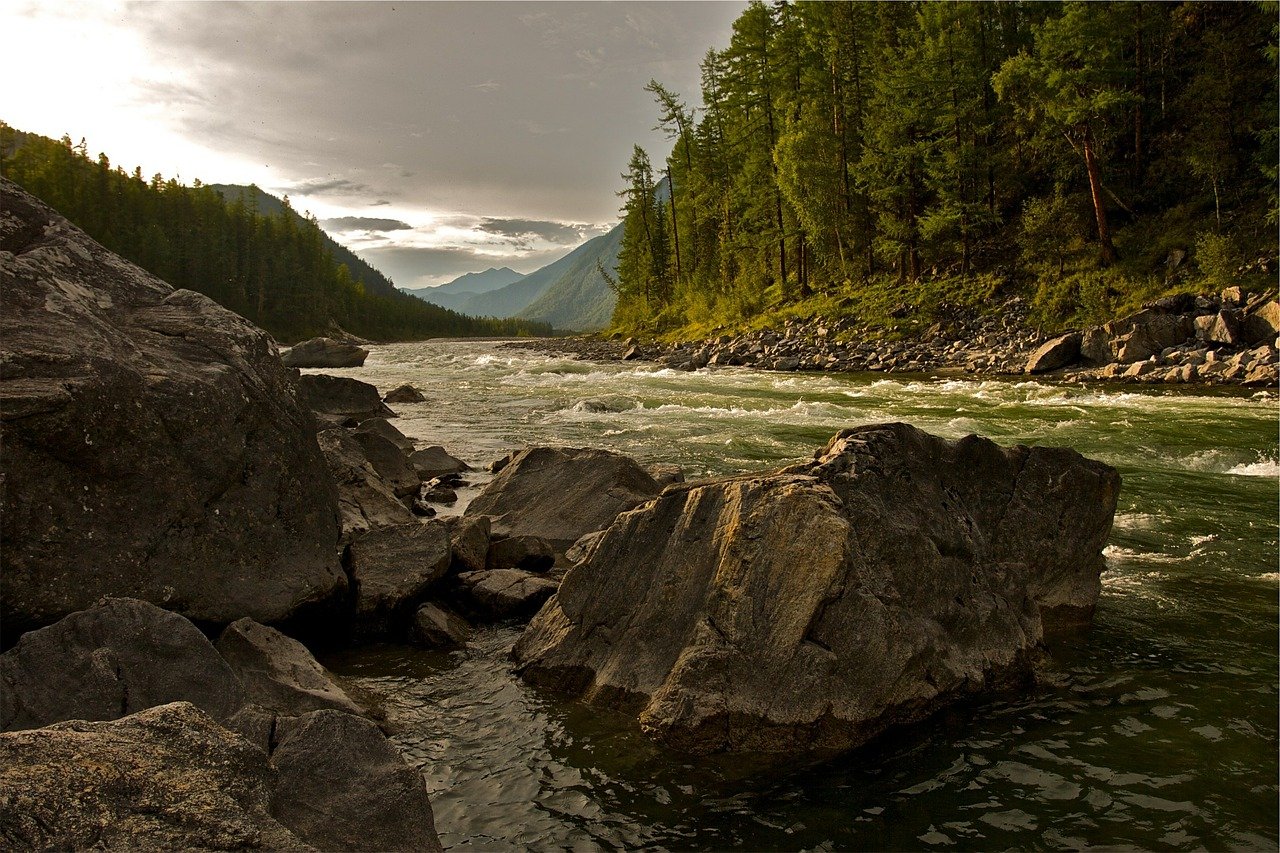CORRELATION OF GEOPHYSICAL LOGS: A CRUCIAL AND UNDERUTILIZED SKILL
Although the use of sophisticated borehole logging techniques has increased in recent years, the resulting data are frequently considered narrowly as mere high-resolution mapping of local conditions at the well or borehole, rather than as resources for the establishment of an interpreted, site-wide framework. Without doubt, borehole geophysics provides data invaluable to the planning of packer testing, grab sampling, well design and other activities which take place in, and require detailed understanding of, boreholes. But the larger goal is to understand the aquifer system, so it’s necessary to ensure that characterization activities are performed with a framework in mind. Correlation is needed to establish that framework.
In a dipping sedimentary bedrock setting such as the Newark Basin, correlation consists of identifying distinctive stratigraphy-associated features (designated Markers) and tracking those features from one geophysical logging location to another by comparing the logging traces. If such correlation can be established, elevations of the correlated Markers can be used to evaluate (based on completion of 3-point problems yielding structural contours for the Marker) the site-scale strike and dip of sedimentary bedding, and therefore, of bedding-parallel fractures which are commonly of interest. In addition to providing a site-scale understanding of overall rock structure, log correlation efforts can, in favorable circumstances, lead to development of a “stratigraphy” of lithostratigraphic Marker units which can be used as points of reference in developing and tracing hydrostratigraphic units along strike, up- and down-dip from source areas to potential receptors or points of discharge (surface water bodies or wells).
Integral as they are to site characterization and to all remediation which relies on that characterization, correlation work products must be accurate and demonstrably so. This demonstration will show, with data from New Jersey remediation sites, the steps involved to achieve reliable correlations supporting framework development, using data from two New Jersey remediation sites underlain by Passaic Formation bedrock. One site will be from an area where more readily-correlated mudstone lithologies predominate, while a second will be from an area with interbedded sandstones and mudstones. The presentation will initially explore the practical implications of mis-correlation, followed by discussions focusing on use of existing data (e.g., geologic maps, NJ State-wide Lidar) to inform planning and initial correlation efforts; requisite geophysical logging data (types and distribution) to support a correlation effort; identifying suitable units for correlation; and some quality control measures that may be applied to check upon the validity of the correlation and thereby support provision of correlation work products of known quality.
